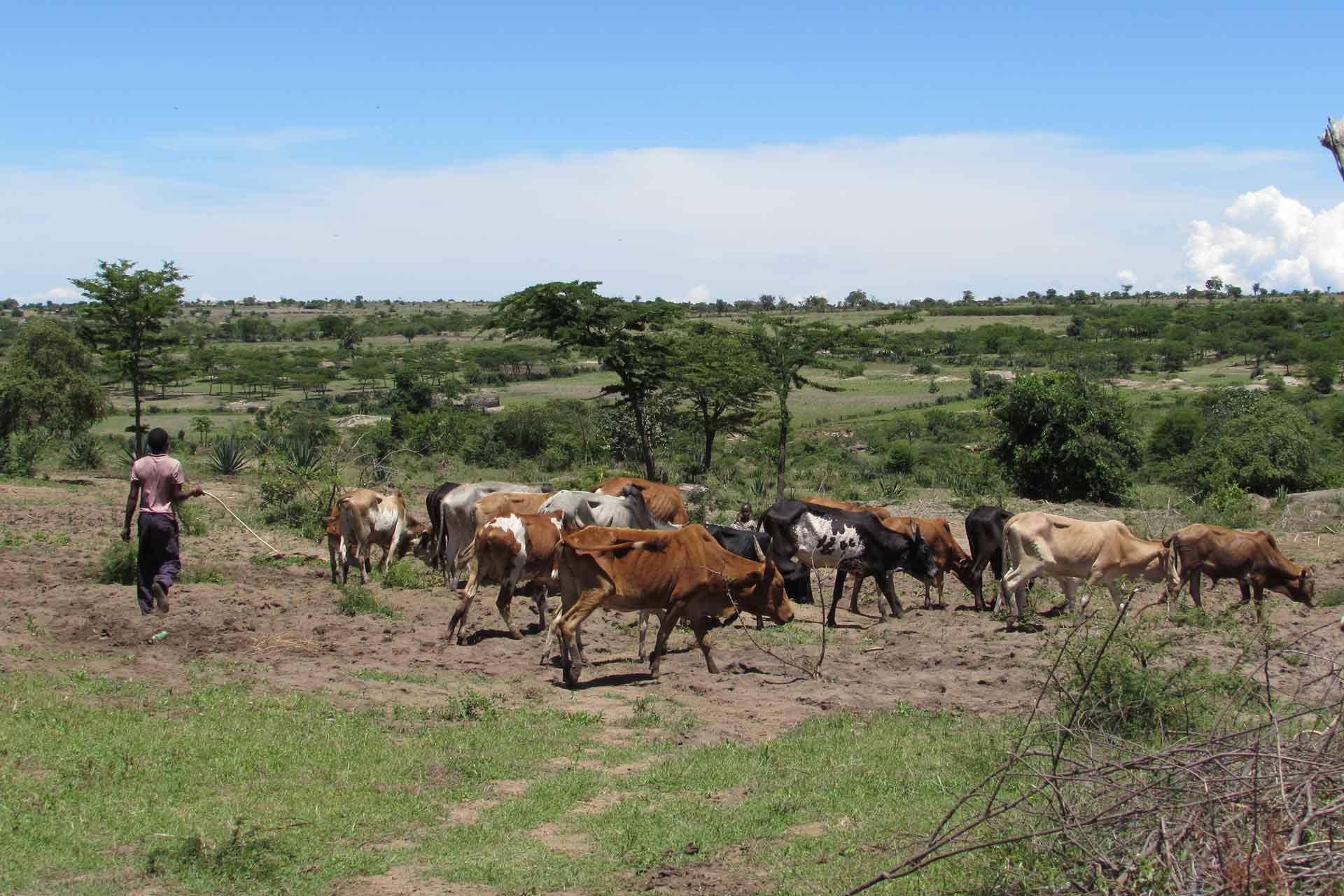Beyond the consensus: dissecting within-host viral population diversity of foot-and-mouth disease virus by using next-generation genome sequencing
The diverse sequences of viral populations within individual hosts are the starting material for selection and subsequent evolution of RNA viruses such as foot-and-mouth disease virus (FMDV). Using next-generation sequencing (NGS) performed on a Genome Analyzer platform (Illumina), this study compared the viral populations within two bovine epithelial samples (foot lesions) from a single animal with the inoculum used to initiate experimental infection. Genomic sequences were determined in duplicate sequencing runs, and the consensus sequence of the inoculum determined by NGS was identical to that previously determined using the Sanger method. However, NGS revealed the fine polymorphic substructure of the viral population, from nucleotide variants present at just below 50% frequency to those present at fractions of 1%. Some of the higher-frequency polymorphisms identified encoded changes within codons associated with heparan sulfate binding and were present in both foot lesions, revealing intermediate stages in the evolution of a tissue culture-adapted virus replicating within a mammalian host. We identified 2,622, 1,434, and 1,703 polymorphisms in the inoculum and in the two foot lesions, respectively: most of the substitutions occurred in only a small fraction of the population and represented the progeny from recent cellular replication prior to onset of any selective pressures. We estimated the upper limit for the genome-wide mutation rate of the virus within a cell to be 7.8 × 10?4 per nucleotide. The greater depth of detection achieved by NGS demonstrates that this method is a powerful and valuable tool for the dissection of FMDV populations within hosts.

